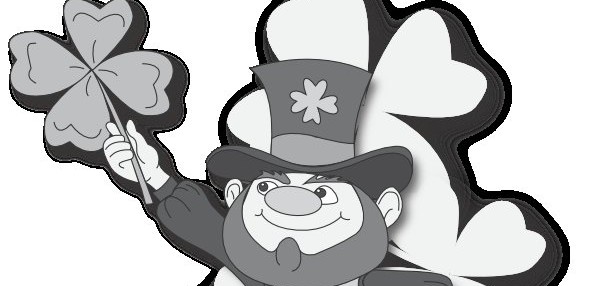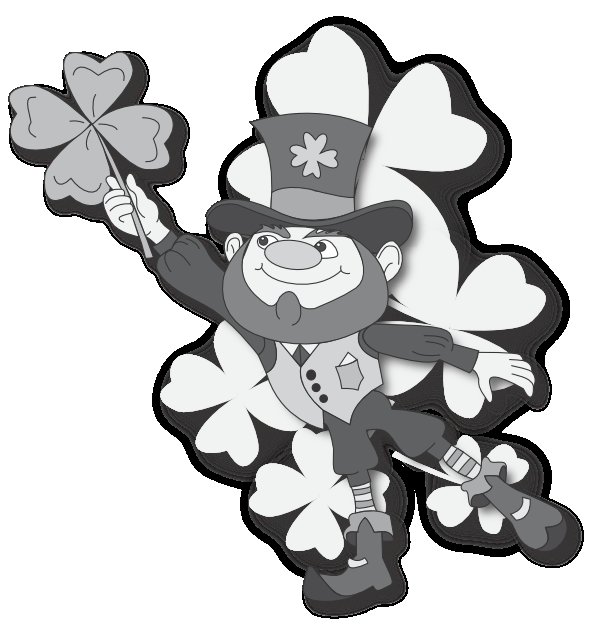Following the obscurely known Holiday of “Everything You Do Is Right” Day (March 16th), and 24 hours prior to “Supreme Sacrifice Day” (March 18th) is everyone’s favorite green holiday. No, it’s not Christmas! It’s St. Patrick’s Day!
To celebrate the “Day of Green,” let’s learn some facts you may not know.
What many participators in this ole’ Irish holiday don’t know is that the man it’s named after isn’t even Irish. In fact, according to National Geographic’s official website, Saint Patrick was actually a native of Britain, being born in 390 A.D.
After being kidnapped and held as a slave in Ireland for seven years, Saint Patrick converted to Christianity. Following his conversion, Patrick had begun to teach his religion to his fellow Irish citizens, and became a Saint.
Here’s another fun fact, St. Patrick’s Day was not originally a green holiday. Frances Romero, a blogger for TIME magazine, says that the color most identified with St.Patrick’s Day with–green–is actually an inaccuracy.
Saint Patrick himself was more fond of the color Blue. But, during the 1978 Irish Rebellion, the Clover became a common symbol of nationalism.The popularity of the Clover, and it’s color, is believed to have been the inspiration for why citizens began wearing more green.
However, there is an additional theory that the wearing of the green was inspired by the nation’s nickname “the Emerald Isle”, because of its lush greenery. Either way, this is a tradition that still carries, and wearing blue on St. Patty’s Day will earn those wearing it a hard pinch on the arm.
Now here is a shocker! Did you know that Leprechauns are fairies?
Normally, Leprechauns are associated with the marshmallow cereal obsessed Irishman in Lucky Charms commercials, or the psychotic serial killer in the low budget 1993 film “Leprechaun”. However, Leprechauns are a very traditional part of Irish folklore.
Leprechauns were originally depicted wearing the color Red, and were believed to be fairies with magical powers for both good or evil. Their name, “Leprechaun”, spawns from the Celtic word “luchorpán” meaning “small body”, and they are often referred to as tricksters.
Because this folklore is still commonly shared in Ireland, the Leprechaun has become a symbol, or mascot perhaps, of Saint Patty’s Day tradition every year.
You can’t have St. Patty’s Day without some sacred shamrock talk.
Despite what many may have heard in their lifetime about the luck of finding a four-leaf clover, Shamrocks are a sacred part of ancient Irish history.
During the time Saint Patrick was still alive, he used the shamrock to teach the concept of holy trinity (The Father, The Son, and The Holy Spirit) to the nation.
“Just as the shamrock is one leaf with three parts, God is one entity with three Persons”. Saint Patrick had once stated, according to english-zone.com.
Eventually, this teaching would grow to be so popular among the Irish community that shamrocks would forever become a symbol of tribute to Saint Patrick. Making the shamrock a very significant part of Saint Patrick’s Day, and Irish culture in general.
On Mar. 17th, 461, Saint Patrick died and would grow a legacy as “Ireland’s Most Famous Saint”.





